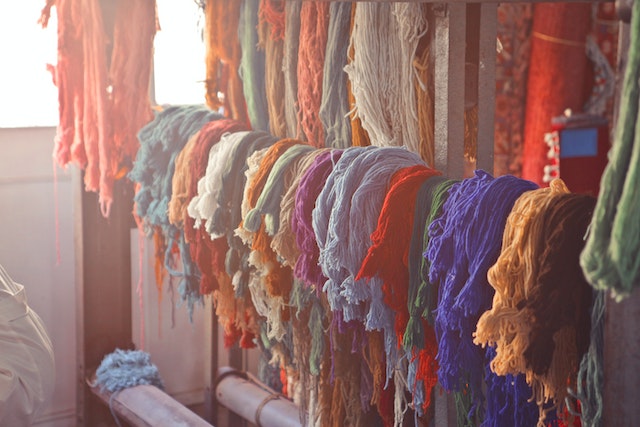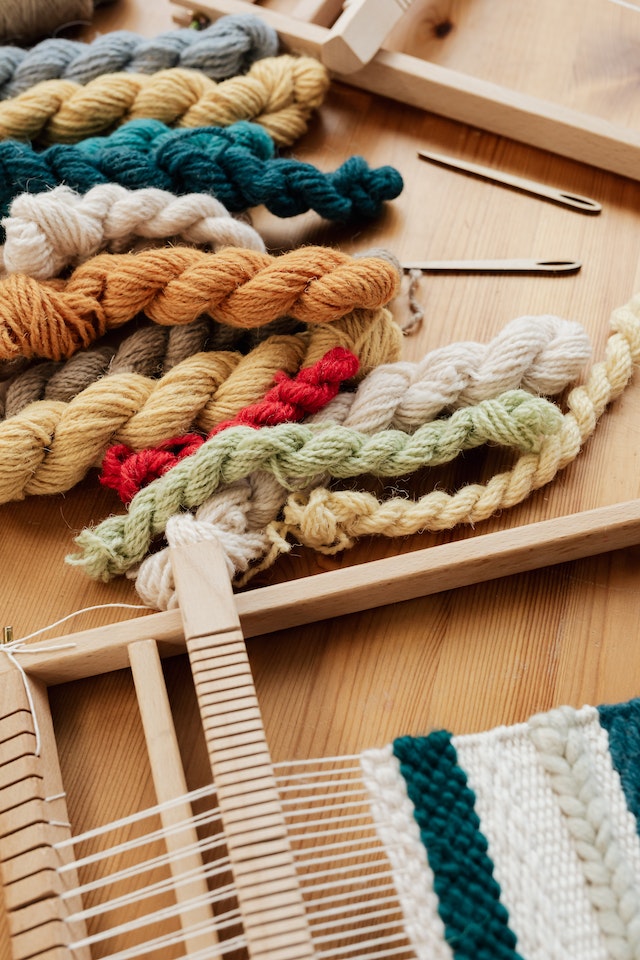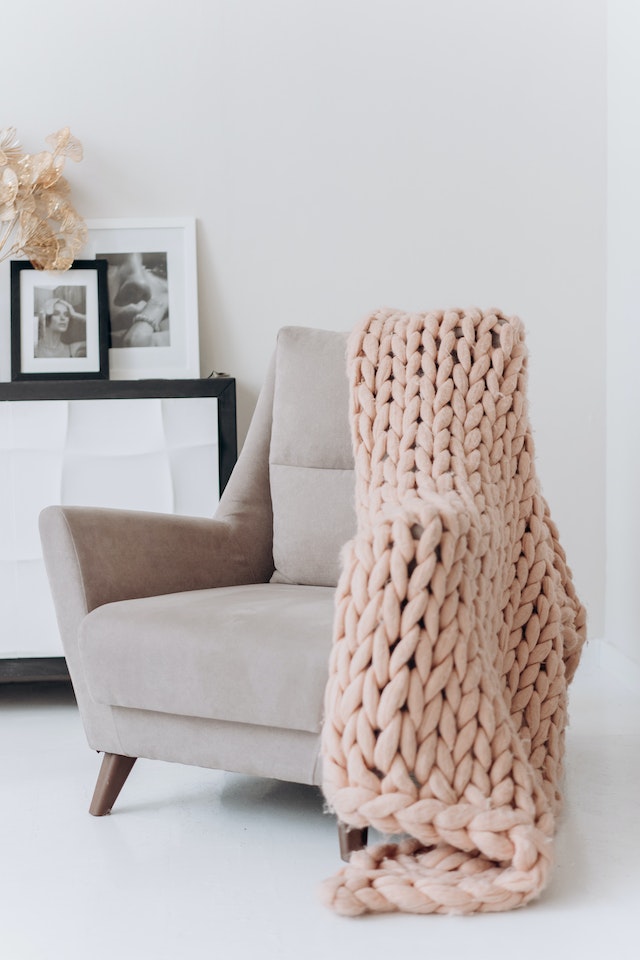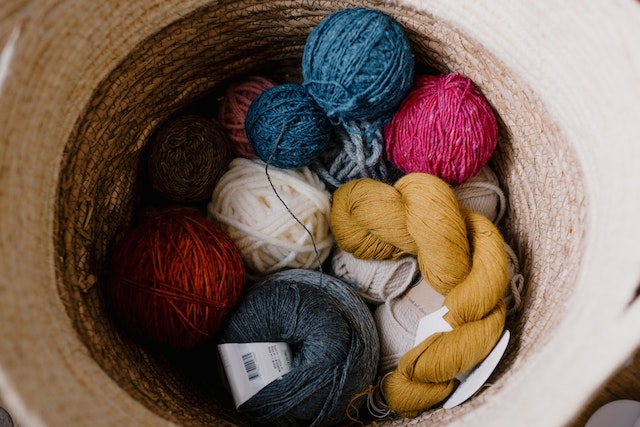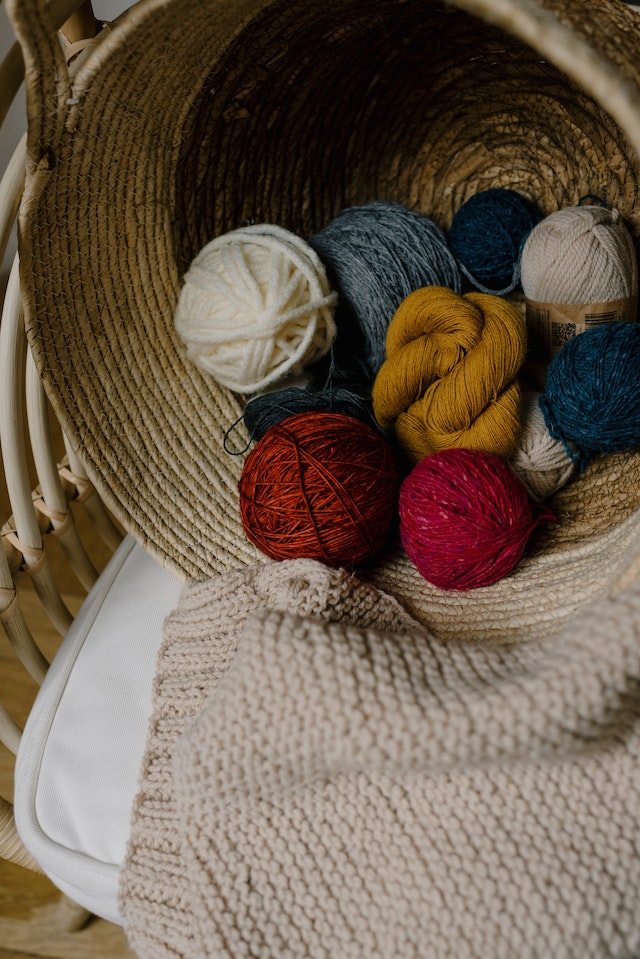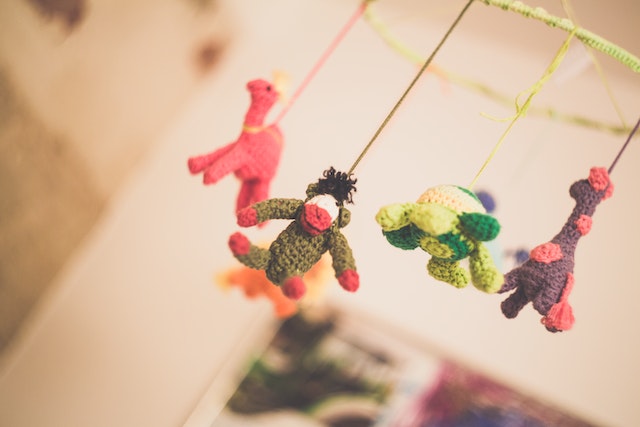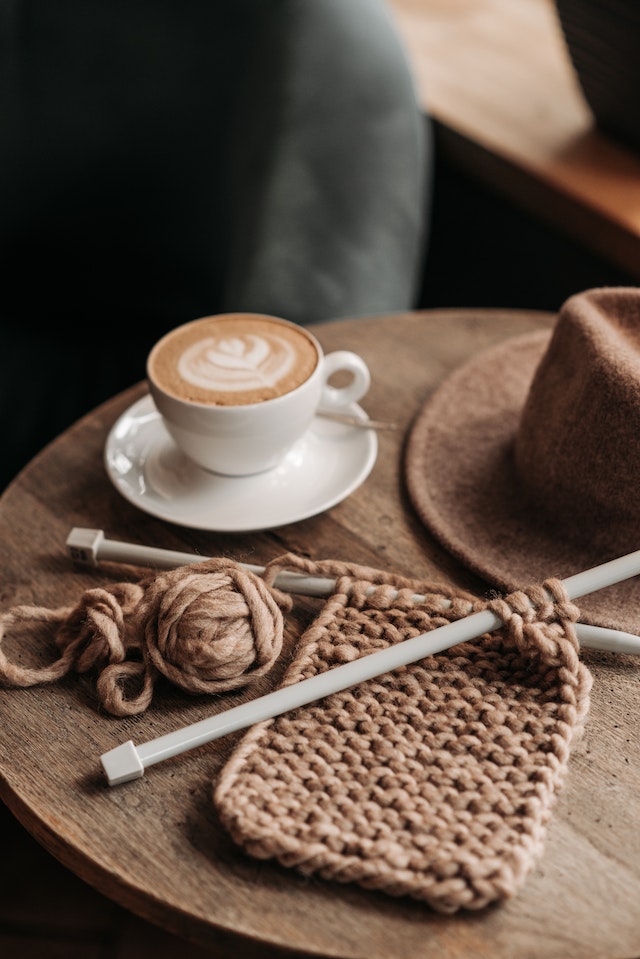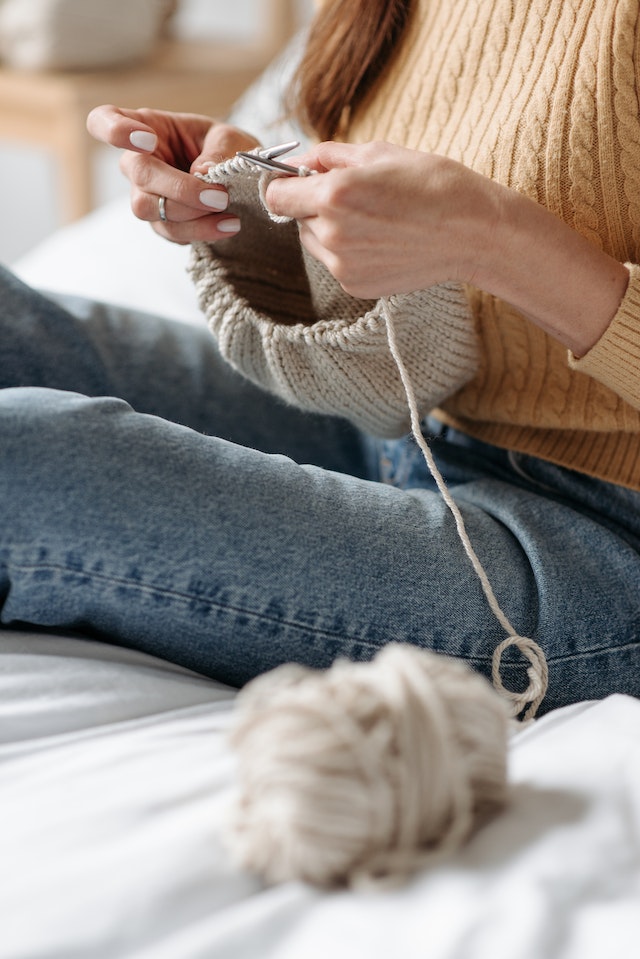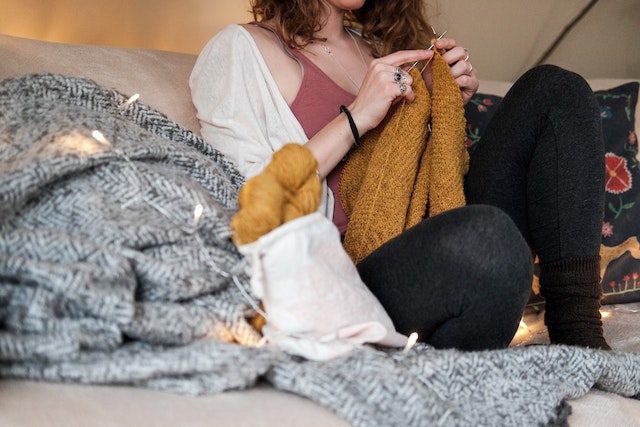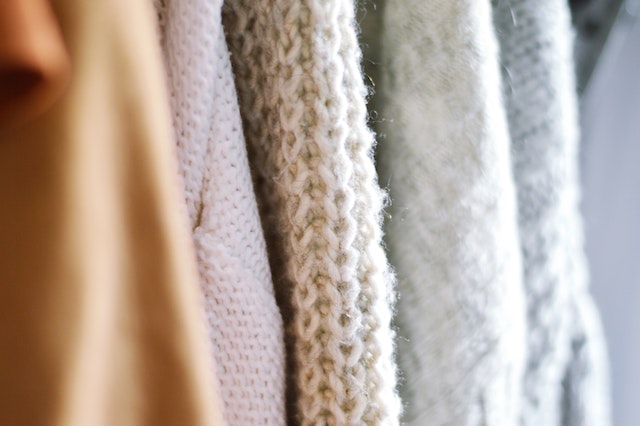If you’re a beginner knitter or crocheter, you might be drawn to beautiful and colorful yarns, but not know how to use them effectively in your projects. That’s where color theory comes in – understanding how colors work together and complement each other can transform a simple pattern into a work of art! In this blog post, we’ll explore the basics of color theory and how you can apply it to your knitting and crocheting projects.
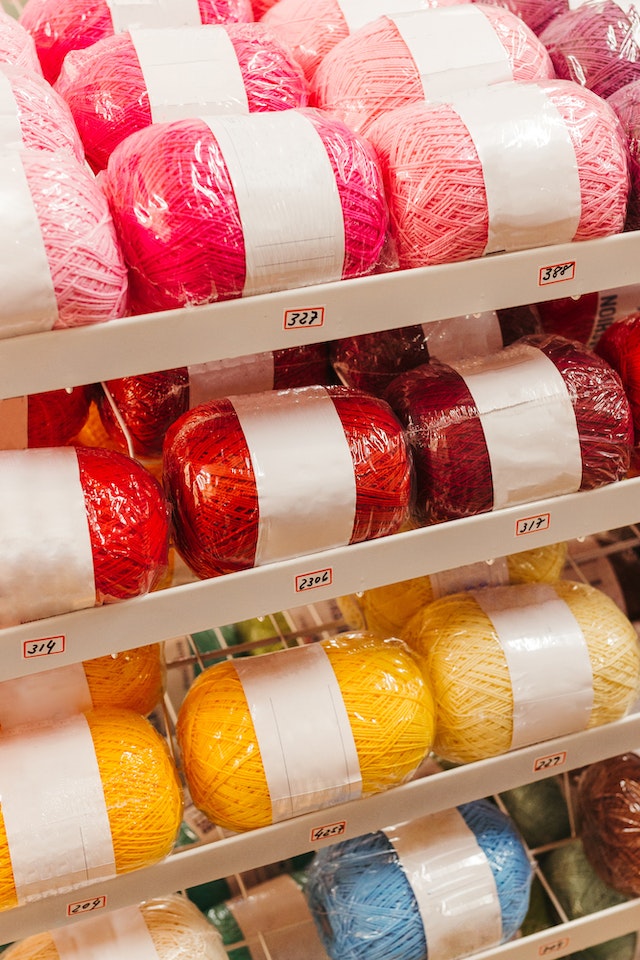
Colors can be described using three main characteristics: hue, value, and saturation. Hue refers to the base color, such as red, blue, or green. Value refers to the lightness or darkness of a color, with light colors having a high value and dark colors having a low value. Saturation refers to the intensity or purity of a color, with highly saturated colors having a bright and vivid appearance.
One way to use color theory in your knitting or crocheting projects is to create a color palette before you start. Look for inspiration in nature, art, or fashion, and select colors that complement each other. A color wheel can be a useful tool for this process – colors that are opposite each other on the wheel, such as red and green, are complementary and can create a bold contrast. Colors that are adjacent to each other, such as blue and purple, are analogous and can create a more subtle blend.
Another way to play with color is through color blocking, or combining different colors in distinct sections of your project. You can use this technique to highlight different stitch patterns or create a bold graphic design. Try using different shades of the same color for a monochromatic look, or contrasting warm and cool colors for a dynamic effect.
Stripes are another classic way to incorporate color into your knitting or crocheting. Whether you choose narrow or wide stripes, or alternate different colors in random patterns, stripes can add visual interest to a simple project. You can also play with different stripe patterns, such as chevron or zigzag, to create more complexity.
Finally, remember that color is subjective – what looks good to one person might not work for another. Don’t be afraid to experiment and trust your instincts! The great thing about knitting and crocheting is that you can always unravel and start over if you’re not happy with the results. Keep practicing and exploring, and you’ll soon discover your own style.
Exploring color theory in knitting and crocheting can be a fun and rewarding experience for beginners. By understanding the basics of hue, value, and saturation, and experimenting with different color palettes, blocking techniques, and stripe patterns, you can create unique and beautiful projects that showcase your creativity. Remember to have fun and enjoy the process – the possibilities of color play are endless!


